Saudi Arabia is often pictured only as a Muslim country where millions travel for Hajj and Umrah. It is the birthplace of Prophet Muhammad (peace be upon him) and home to Mecca and Madinah, the two holiest sites in Islam.
These sacred cities — with landmarks like the Prophet’s Mosque and Al Masjid al-Haram — are strictly off-limits to non-Muslims under Sharia and Saudi law, which emphasize respect for religious sanctity and local customs.
But beyond these zones, the country has opened up in remarkable ways. Since 2019, the introduction of a tourist visa has made visiting Saudi Arabia possible for travelers of all faiths. The kingdom now offers some of the most fascinating things to do in Saudi Arabia — from exploring desert landscapes to discovering UNESCO sites like Al-Balad in Jeddah and At-Turaif in Diriyah.
For non-Muslim visitors, Saudi Arabia provides countless safe, welcoming, and enriching experiences. From the vast Arabian desert to lively souks, mountain retreats, and luxury coastal resorts, the journey blends natural beauty with culture and history.
Let’s explore the top 10 destinations non-Muslims can visit in Saudi Arabia, complete with travel tips, cultural insights, and essential do’s and don’ts.
Top 10 Places That Non-Muslims Can Visit in Saudi Arabia
The following are the top 10 places that non-Muslims can visit in Saudi Arabia.
1. Riyadh – The Capital of a Changing Country
Riyadh, the capital city, is where the old meets the new. It’s the political center of the Saudi government and one of the fastest-growing urban hubs in the world.

What to see in Riyadh:
- Masmak Fortress: where the unification of the country began.
- National Museum: a gateway to Islamic history, pre-Islamic civilizations, and the rise of Muhammad and Islam.
- Kingdom Centre Tower: a skyscraper with a sky bridge offering breathtaking views.
- Souq Al Zal: a bustling souk where you can bargain for carpets, spices, and even unique souvenirs.
Travel logistics: King Khalid International Airport connects Riyadh globally. Best time to visit: November–March. Transport: taxis or the new metro.
Cultural insight: Riyadh is conservative. Women do not need to wear a hijab, but everyone must dress modestly. This is part of Saudi law and respecting local customs.
Pros & Cons of Riyadh
Pros | Cons |
|---|---|
Wide mix of heritage and futuristic attractions | Summer heat above 45°C |
Excellent museums and cultural experiences | Strict observance of sharia law |
Global restaurants and modern malls | Heavy traffic congestion |
2. Jeddah – Gateway to the Red Sea
Jeddah is where many Muslims arrive before heading to Mecca for Hajj. For a non Muslim, it’s also one of the most fascinating places that non-Muslims can visit in Saudi Arabia, thanks to its blend of ancient heritage and seaside modernity.

What to see in Jeddah:
- Al-Balad (Old Jeddah): a UNESCO World Heritage Site with coral-stone houses.
- Jeddah Corniche: a modern promenade with sculptures and breathtaking views of the Red Sea coast.
- Souq Al Alawi: one of the oldest bustling souks, ideal to find unique souvenirs like spices and jewelry.
- King Fahd Fountain: the tallest in the world, symbolizing the city’s pride.
Are Christians allowed to go to Saudi Arabia? Yes — they can travel with a tourist visa, explore cities like Jeddah, Riyadh, and Al-Ula, but cannot enter Makkah or Madinah.
Travel logistics: King Abdulaziz International Airport is the gateway. Winter months are best for seaside activities.
Pros & Cons of Jeddah
Pros | Cons |
|---|---|
Historic UNESCO World Heritage Site Al-Balad | Humidity can be intense |
Vibrant food and cultural scene | Overcrowded during Hajj |
Access to Red Sea diving/snorkeling | No alcohol or nightlife (per Saudi law) |
3. Al-Ula & Elephant Rock – Ancient Nabatean Tombs
Al-Ula is one of the most magical places that non-Muslims can visit in Saudi Arabia. Known for its ancient Nabatean tombs, the region rivals Petra in Jordan.
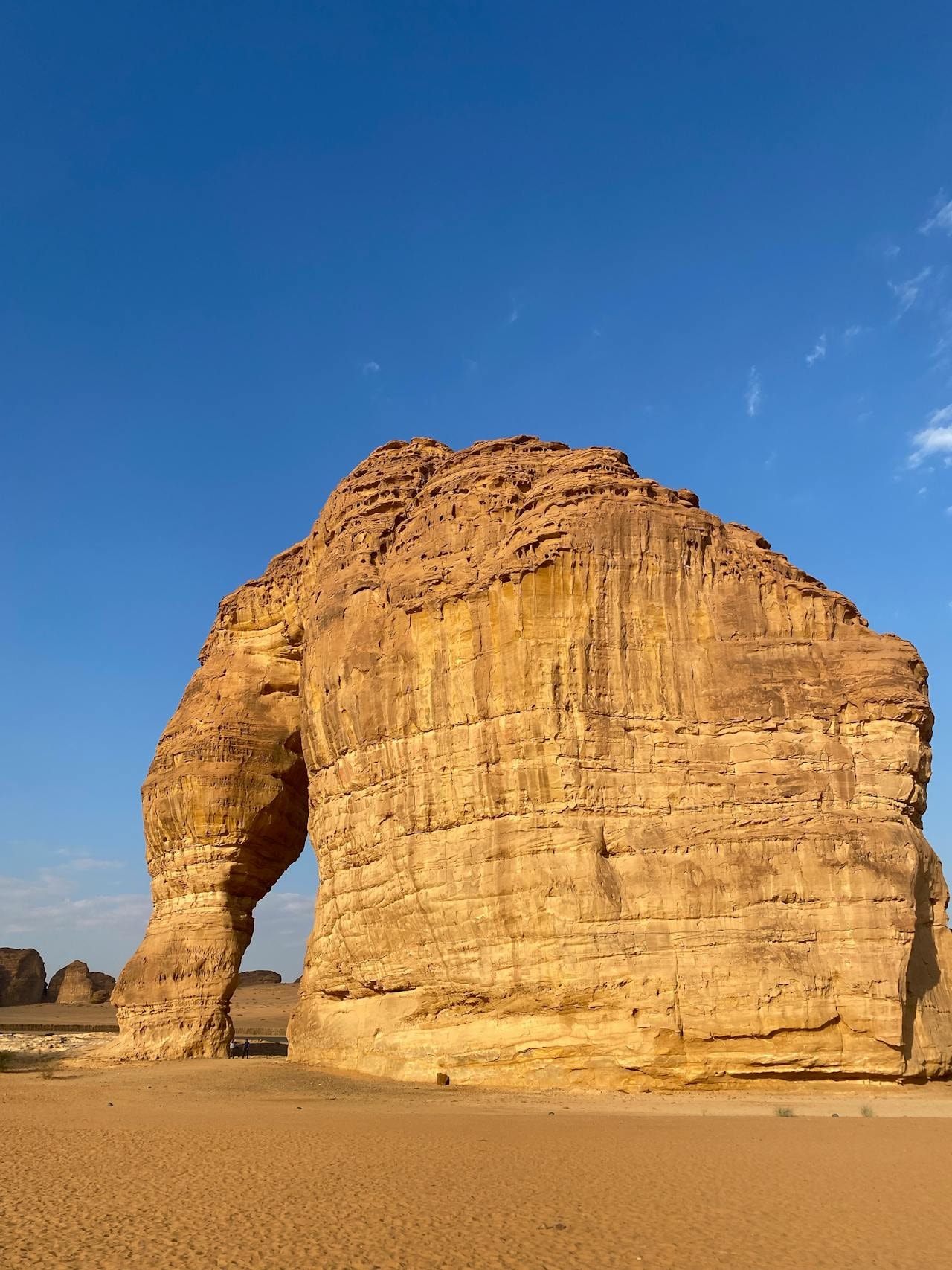
What to see in Al-Ula:
- Hegra (Madain Saleh): Saudi Arabia’s first UNESCO World Heritage Site.
- Elephant Rock: a natural wonder shaped like an elephant, best at sunset.
- Desert experiences: hot-air ballooning, camel rides, and stargazing across the Arabian desert’s vast expanse.
Where can non-Muslims visit in Saudi Arabia? Al-Ula tops the list, fully open to international visitors.
Travel logistics: Al-Ula has its own airport. Best season: October–March.
Cultural insight: The Saudi government promotes Al-Ula as part of Vision 2030. Festivals mix modern wonders (concerts, art) with ancient heritage.
Pros & Cons of Al-Ula
Pros | Cons |
|---|---|
Elephant Rock and ancient Nabatean tombs | Remote location, flights required |
Breathtaking landscapes and desert stargazing | High prices in peak season |
Strong focus on culture and tourism services | Limited budget stays |
4. Diriyah – Birthplace of the Saudi State
Just outside Riyadh, Diriyah is where the first Saudi state began. It’s the cultural heart of the Arabian Peninsula.
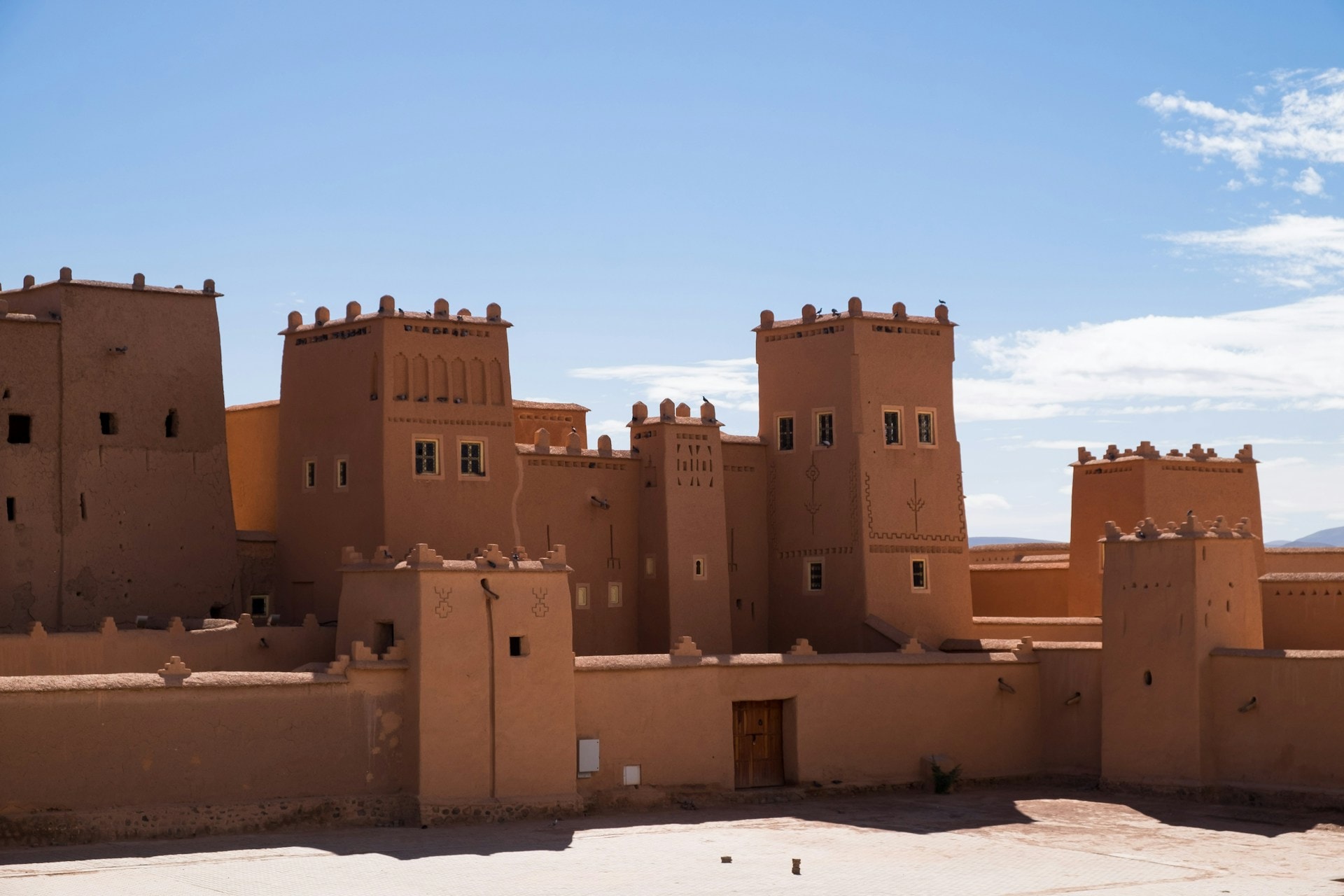
What to see in Diriyah:
- At-Turaif District: a restored UNESCO World Heritage Site with mud-brick palaces.
- Museums: telling the story of Saudi culture and the early days of the Prophet Muhammad’s teachings.
- Diriyah Gate Project: a blend of modern wonders with historic roots.
Cultural insight: Diriyah shows how religion, prophet, and messenger teachings influenced political alliances. It’s where faith, heritage, and leadership intersect.
Pros & Cons of Diriyah
Pros | Cons |
|---|---|
Symbol of national heritage | Still partly under construction |
Family-friendly, cultural museums | Tickets are required for certain zones |
Easy day trip from Riyadh | Busy on weekends |
5. Edge of the World – Vast Expanse of Desert
The Edge of the World is one of the most dramatic natural sites on the Arabian Peninsula. It’s a cliff overlooking a vast expanse of the Arabian desert, giving visitors breathtaking views unlike anywhere else in the world.
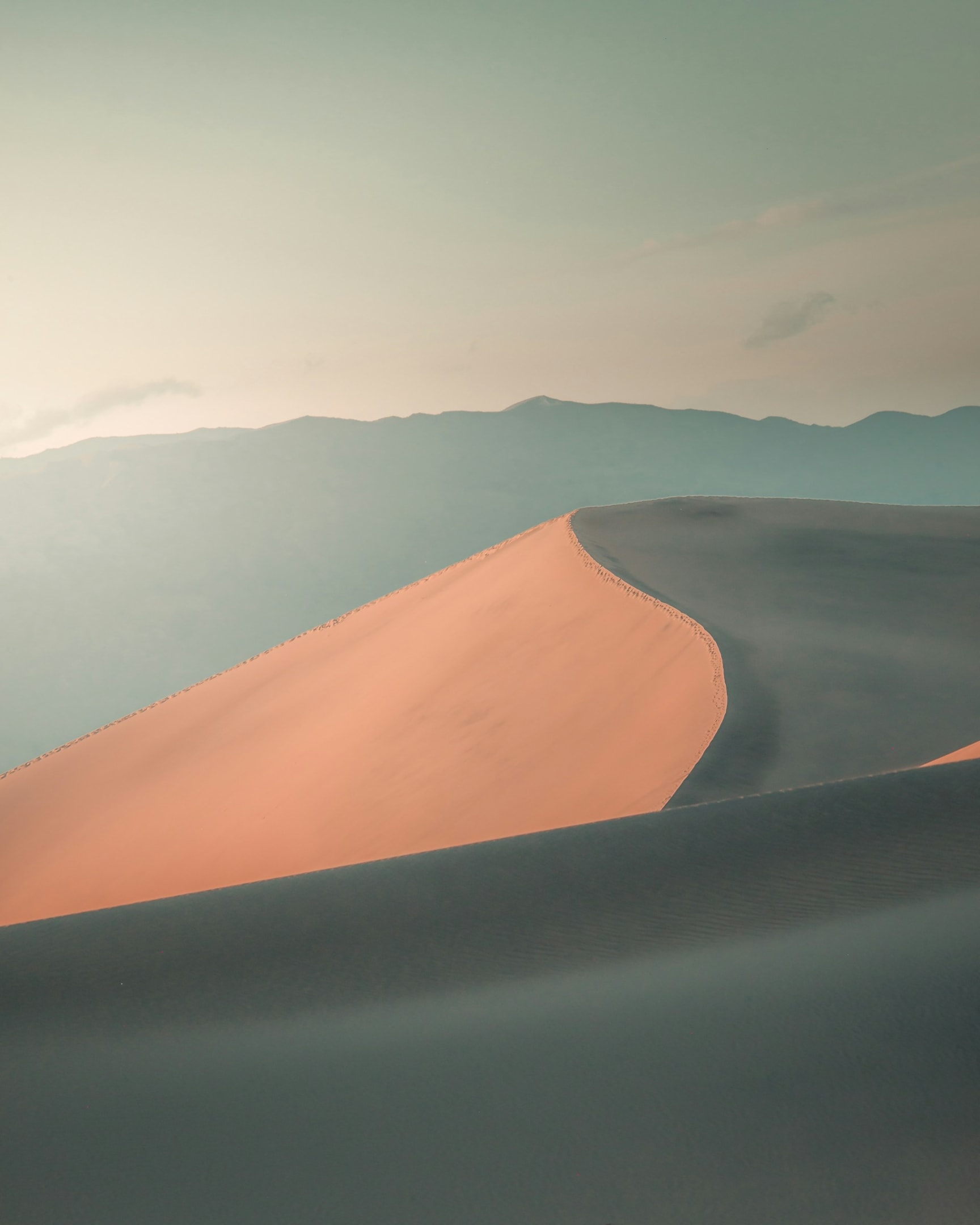
Travel logistics: About 90 km from Riyadh. A 4×4 is essential. Best to visit October–March.
Cultural insight: Though it feels remote, it’s a favorite spot for locals. Out of respect for local customs, travelers should clean up campsites and avoid loud music.
Pros & Cons of Edge of the World
Pros | Cons |
|---|---|
Stunning natural beauty | No facilities or services |
Great for camping and hiking | Roads are dangerous without a guide |
Easy day trip from Riyadh | Unsafe in extreme summer heat |
6. Taif – The City of Roses Near Mecca
Though non-Muslims cannot enter Makkah, they can explore Taif, a mountain retreat famous for roses.
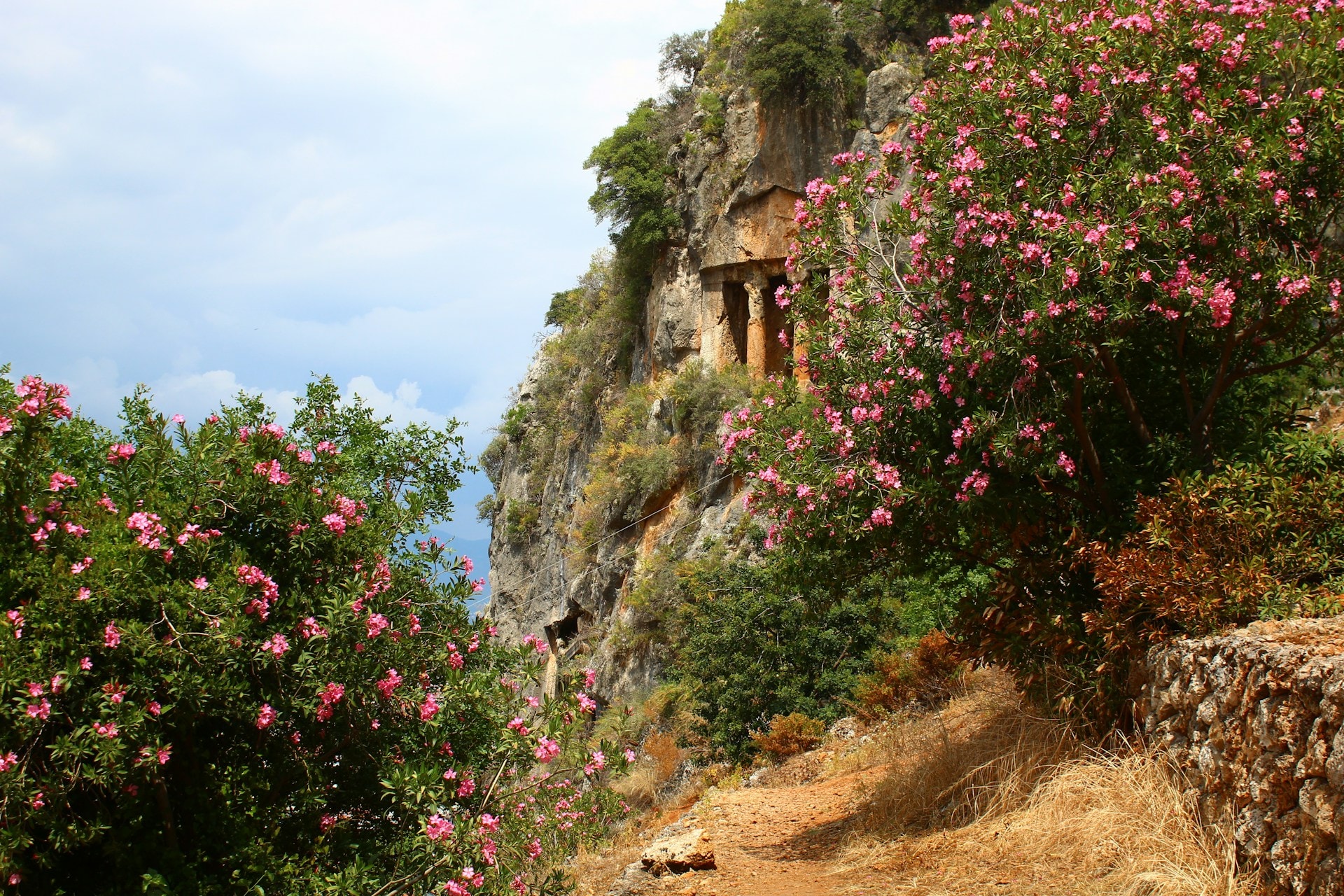
What to see in Taif:
- Rose plantations: best in spring.
- Shubra Palace: showcasing local heritage.
- Bustling souks: full of perfumes, crafts, and unique souvenirs.
Can Christians go to Mecca? No — Mecca is strictly off limits to non-Muslims. But Taif is a close alternative.
Travel logistics: 2 hours from Mecca by road. Best time: April–May.
Cultural insight: Taif reflects local culture and traditions without being part of the holiest sites.
Pros & Cons of Taif
Pros | Cons |
|---|---|
Famous roses and perfumes | Hotels fill quickly in spring |
Cooler mountain climate | Quieter than big cities |
Authentic bustling souks | Limited English in shops |
7. Abha – Breathtaking Views in the Asir Mountains
Abha shows another side of Saudi Arabia — green, mountainous, and cool.
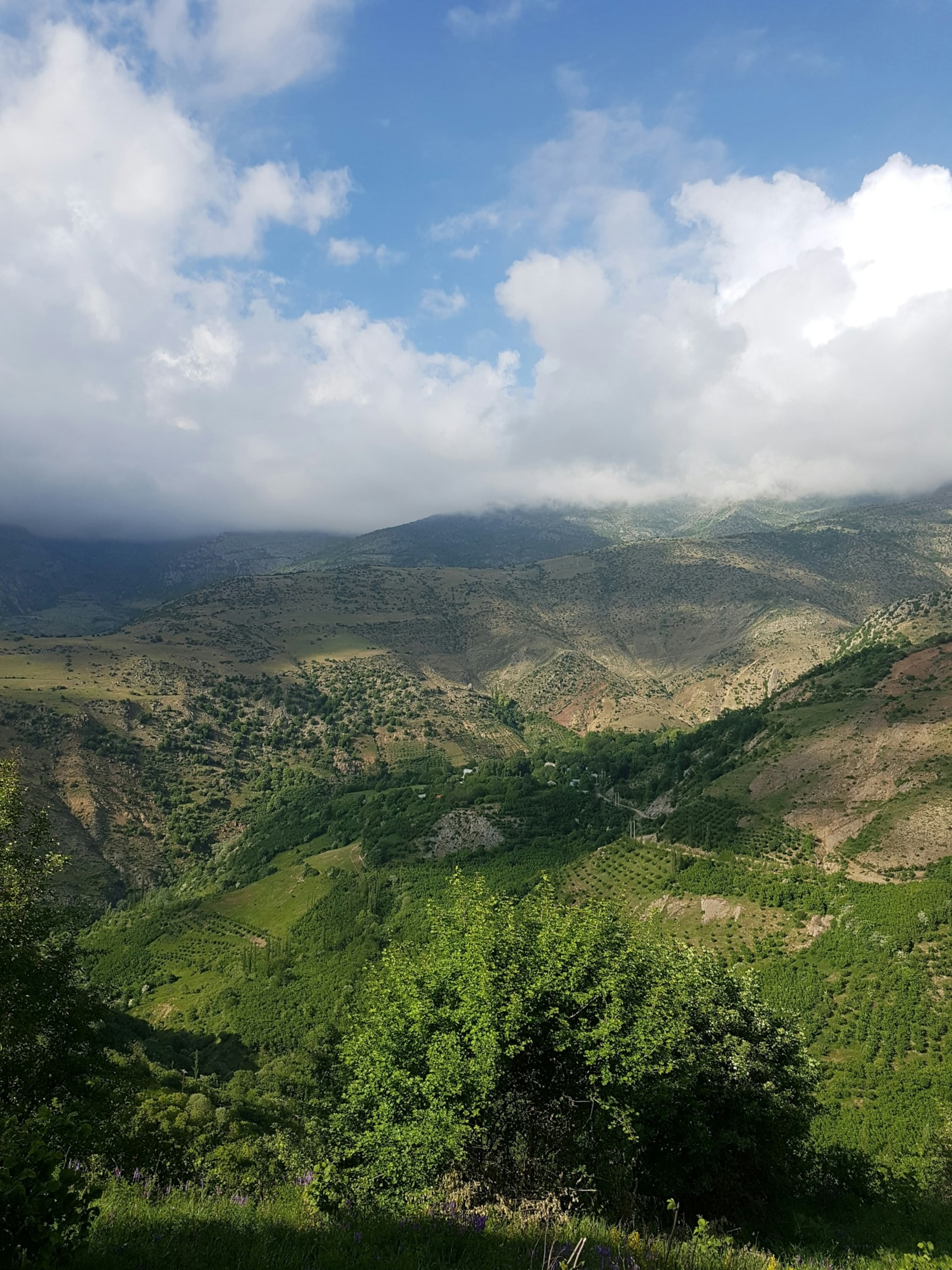
What to see in Abha:
- Al-Soudah National Park: forests and hiking trails.
- Rijal Almaa Village: a heritage site with painted stone houses.
- Cable cars: offering panoramic, breathtaking landscapes.
Travel logistics: Best in summer when lowland cities are hot. Accessible by domestic flights.
Cultural insight: Abha showcases local customs, tribal art, and traditions that differ from those in central Saudi Arabia. Respecting customs here is especially important.
Pros & Cons of Abha
Pros | Cons |
|---|---|
Cooler climate, mountain scenery | Domestic flights can be costly |
Unique tribal culture and architecture | The rainy season may cause delays |
Family-friendly outdoor activities | More conservative than Jeddah |
8. The Red Sea Project – A Modern Wonder in Progress
The Red Sea Project is one of Saudi Arabia’s boldest modern wonders, transforming the Red Sea coast into luxury resorts.

What to expect:
- World-class diving in the Red Sea.
- Luxury hotels with eco-friendly designs.
- Activities from snorkeling to desert excursions.
Cultural insight: Even at resorts, sharia law applies in public areas. You can wear swimwear on private hotel beaches, but must dress modestly elsewhere.
Pros & Cons of the Red Sea Project
Pros | Cons |
|---|---|
Cutting-edge sustainable resorts | Still under construction |
Best coral reefs in the world | Expensive for budget travelers |
Combines nature and luxury | Limited availability until 2030 |
9. Najran – Gateway to Ancient Civilizations
Najran, near Yemen, is a crossroads of civilizations.
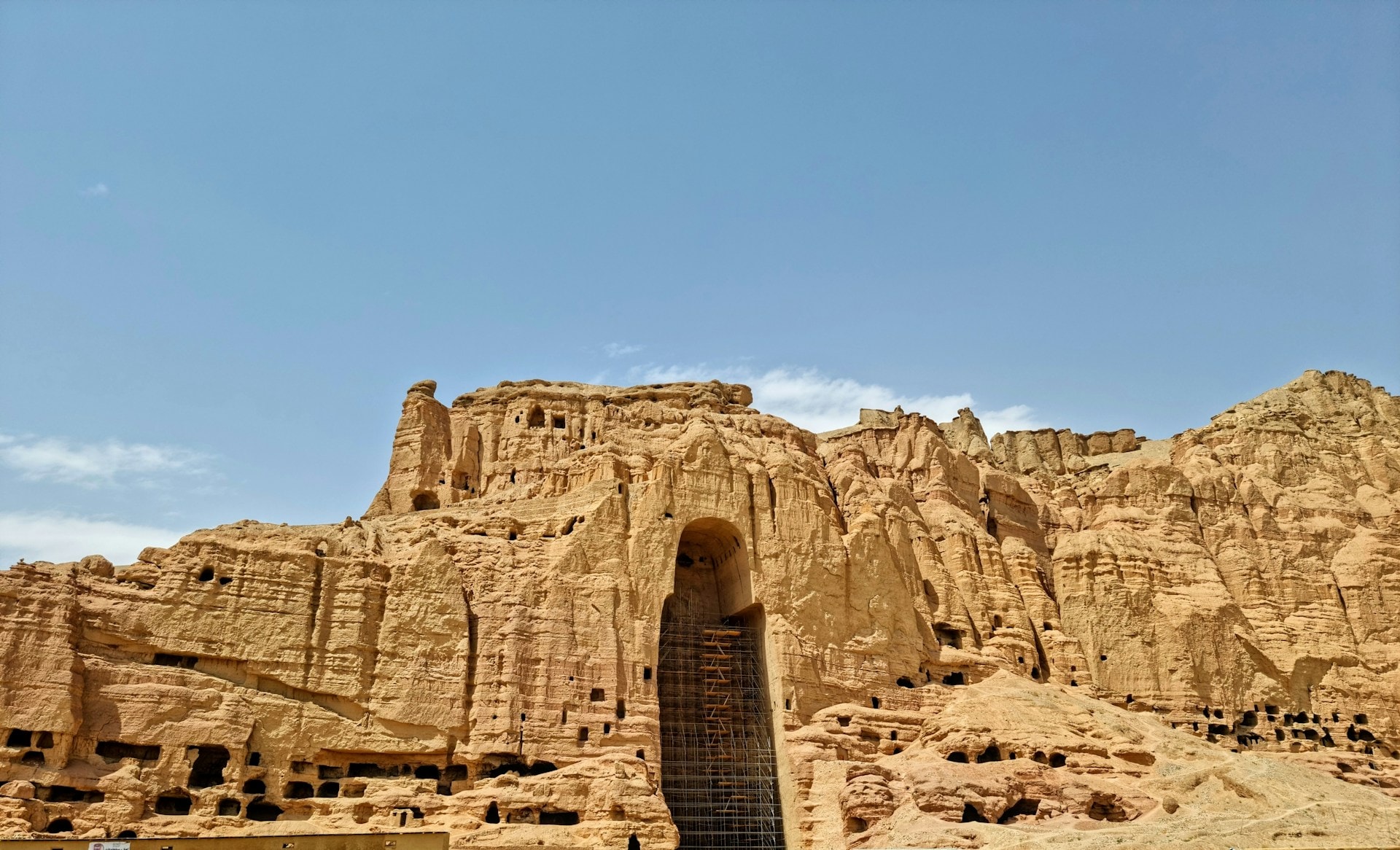
What to see in Najran:
- Najran Fort: mud-brick fortress.
- Al-Ukhdood Archaeological Site: links to early religion and life before Islam.
- Souks: filled with handicrafts that reflect centuries of trade with Turkey and beyond.
Cultural insight: Najran highlights the diversity of the Arabian Peninsula, showing how different faiths and traditions influenced the region.
Pros & Cons of Najran
Pros | Cons |
|---|---|
Fascinating archaeological heritage | Remote, fewer services |
Authentic local culture | Hot summers |
A blend of pre-Islamic and Islamic history | Limited tourist infrastructure |
10. Al Khobar & Dammam – Cosmopolitan Eastern Coast
These cities on the Gulf reflect Saudi Arabia’s present as a business hub.
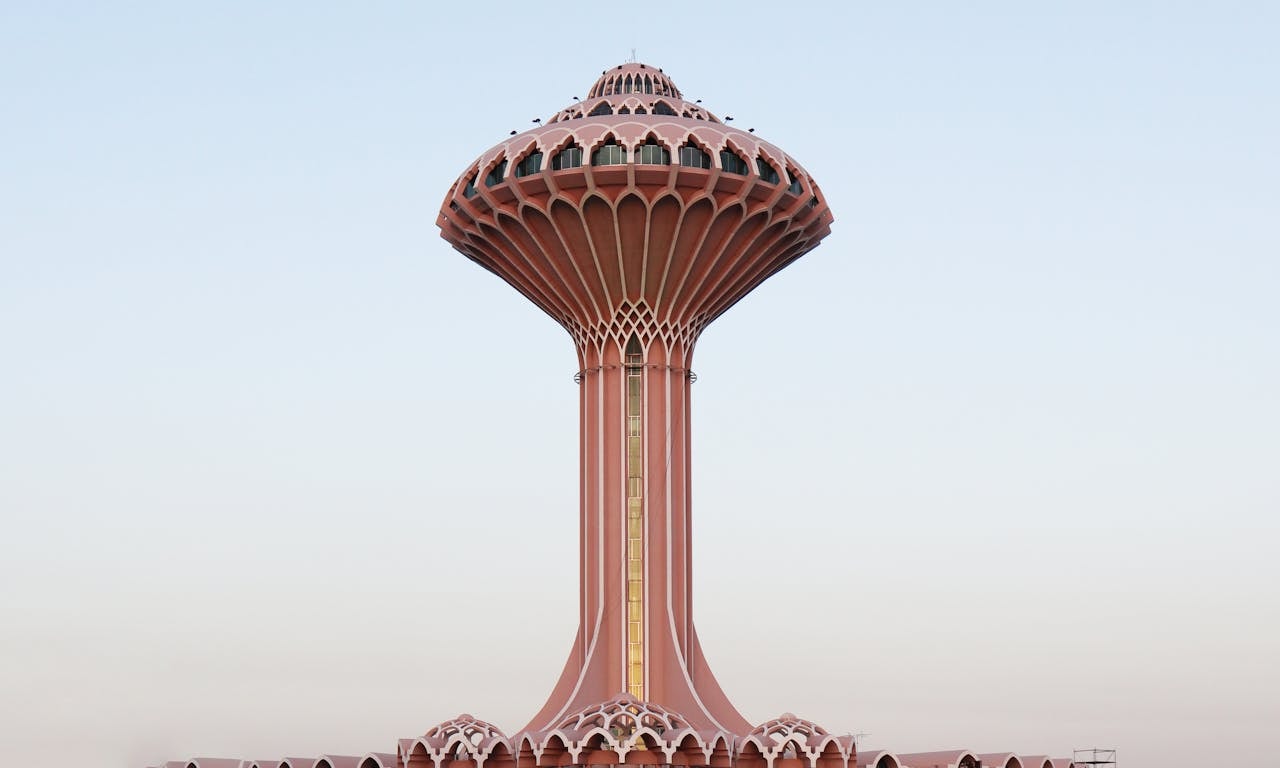
What to see:
- Corniche promenades: seaside walks with breathtaking views.
- Modern malls: perfect for shopping and unique souvenirs.
- Business services: an essential stop for corporate travelers.
Cultural insight: These areas are more relaxed. They showcase a message of peace, blending Saudi traditions with modern lifestyles.
Pros & Cons of Al Khobar & Dammam
Pros | Cons |
|---|---|
Relaxed vibe compared to Riyadh | Less historical heritage |
Strong infrastructure and services | Busy with construction |
Family-friendly, seaside promenades | Expensive hotels near coast |
Conclusion
For centuries, Saudi Arabia has been a land of faith — the birthplace of the Prophet Muhammad and home to the holiest sites of Islam. While Mecca and Madinah remain off-limits to non-Muslims, there are countless other places that welcome visitors from all backgrounds.
From the ancient Nabataean tombs of Al-Ula to the futuristic Red Sea resorts, from the rose farms of Taif to the mountain heritage of Abha, every destination reveals a new layer of the kingdom’s story. Together, they showcase some of the most authentic things to do in Saudi Arabia — a blend of culture, adventure, and natural wonder.
With a tourist visa, respect for local customs, and an open mind, non-Muslim travelers can explore this extraordinary country safely and meaningfully. Saudi Arabia is not just the land of holy cities; it’s a destination of beauty, diversity, and unforgettable experiences.








